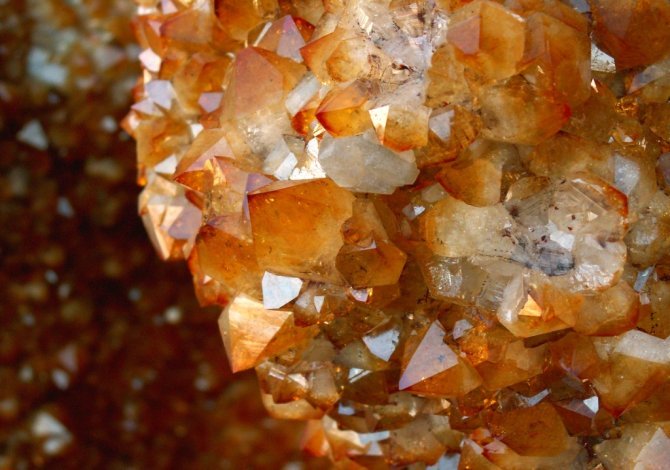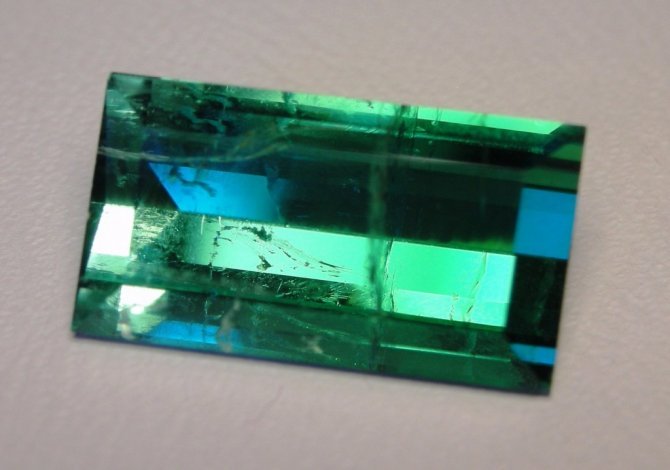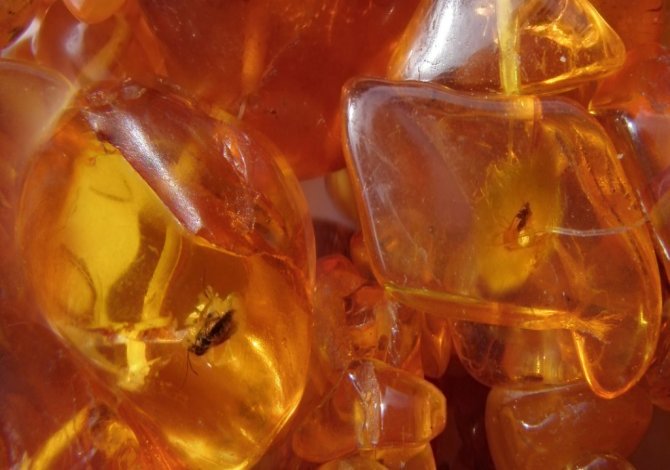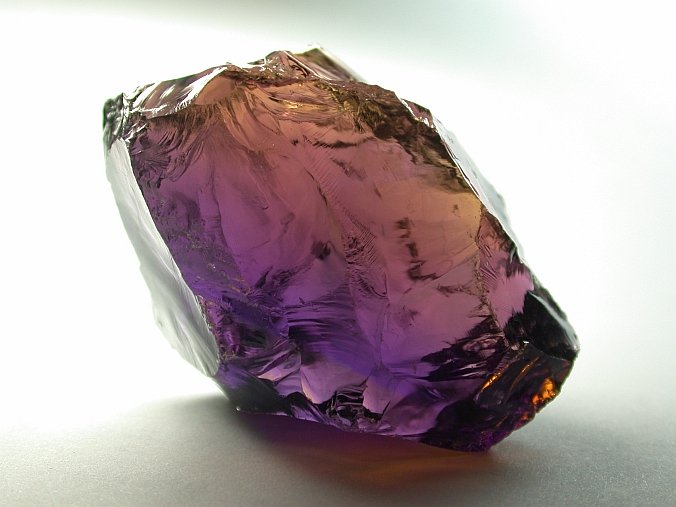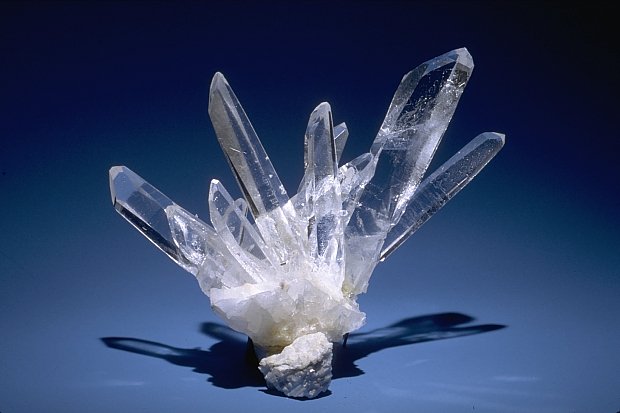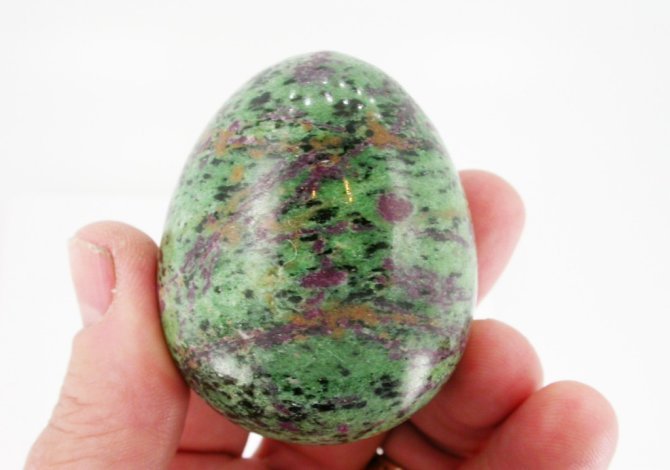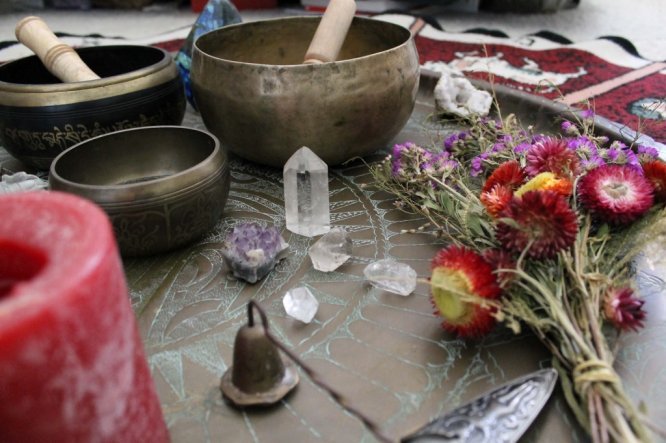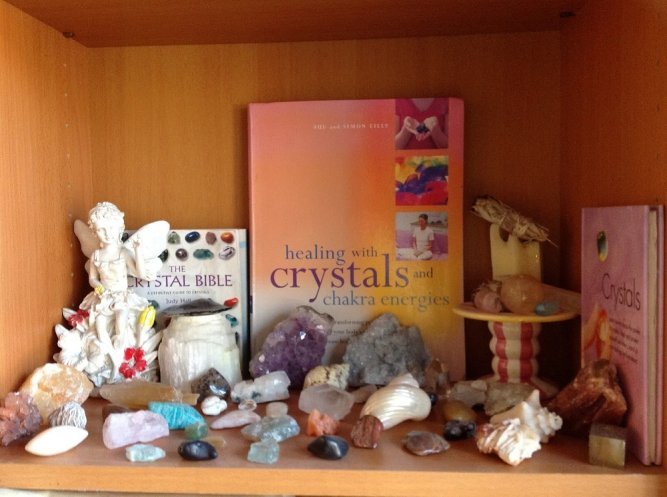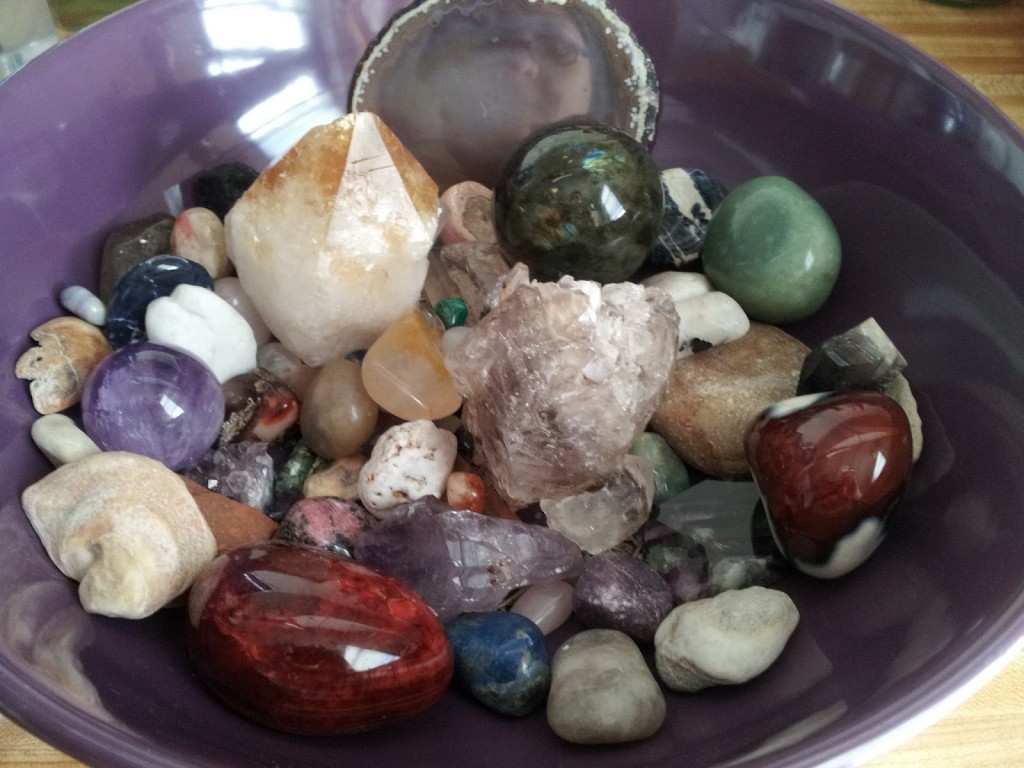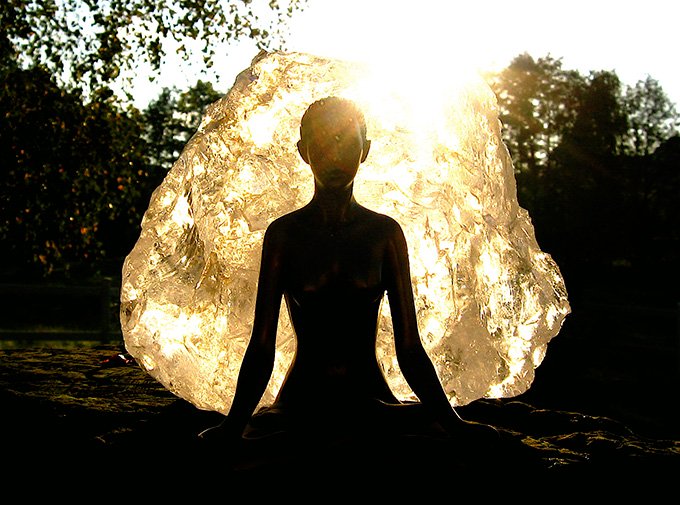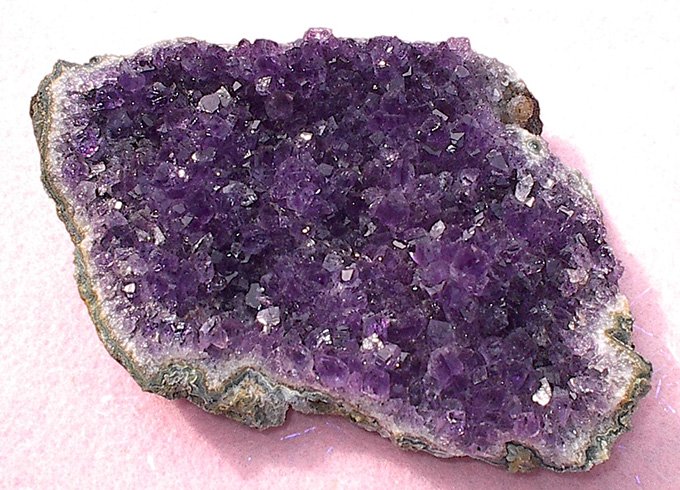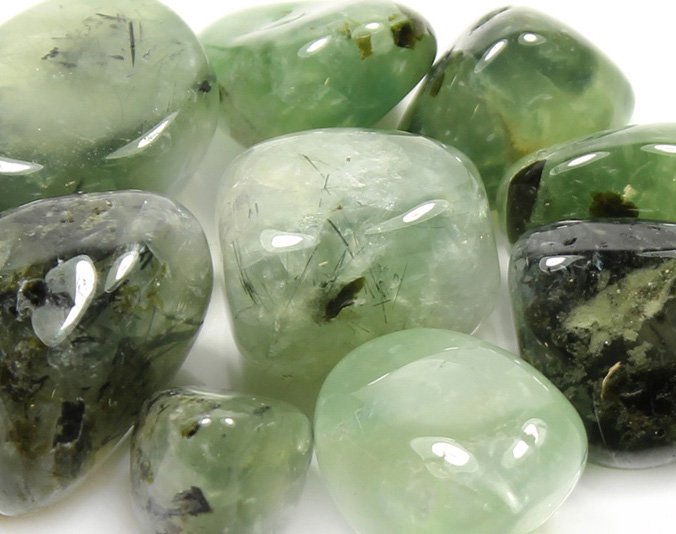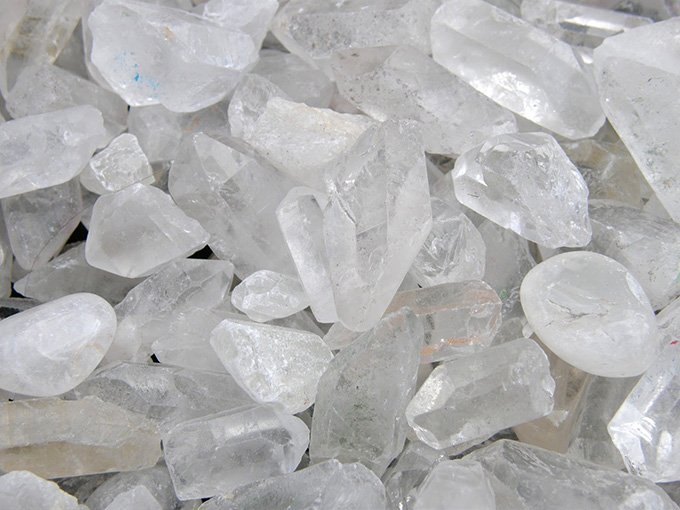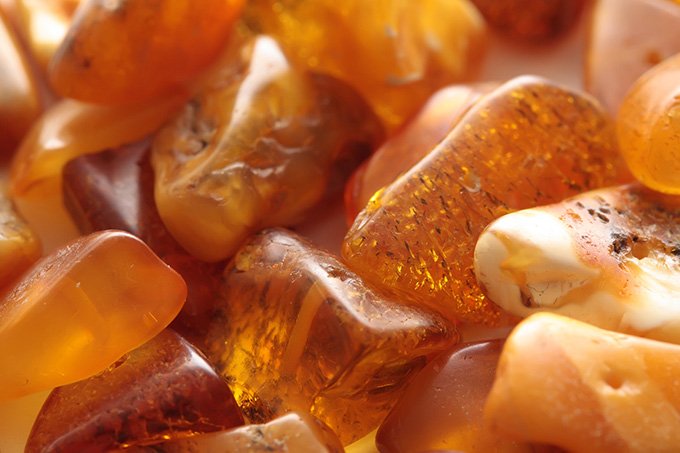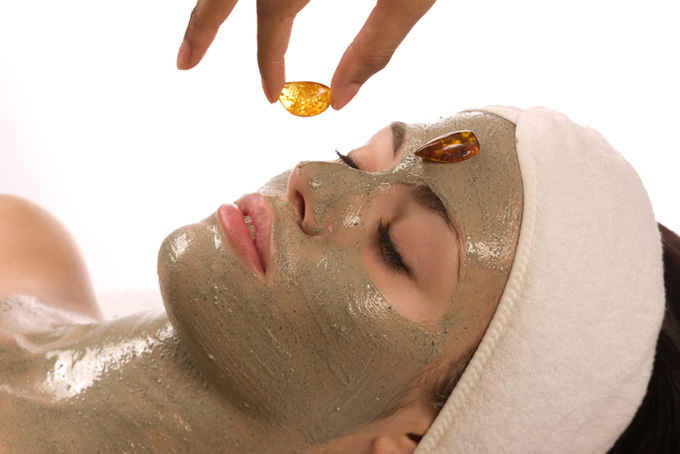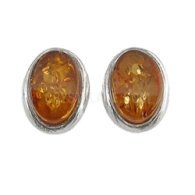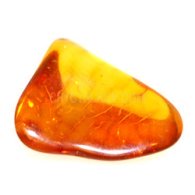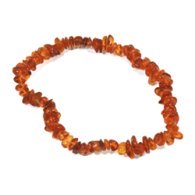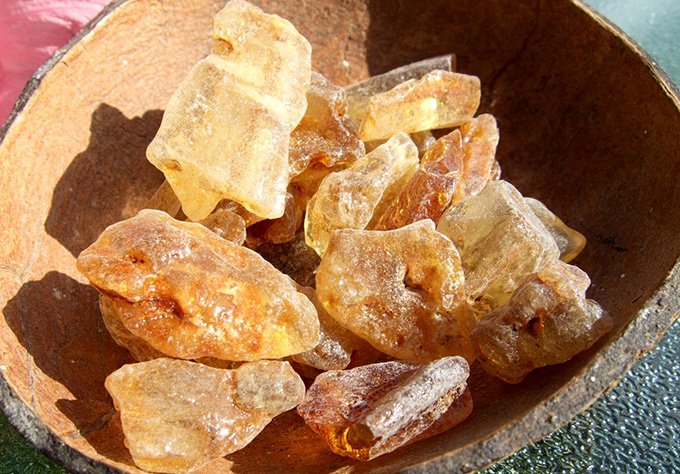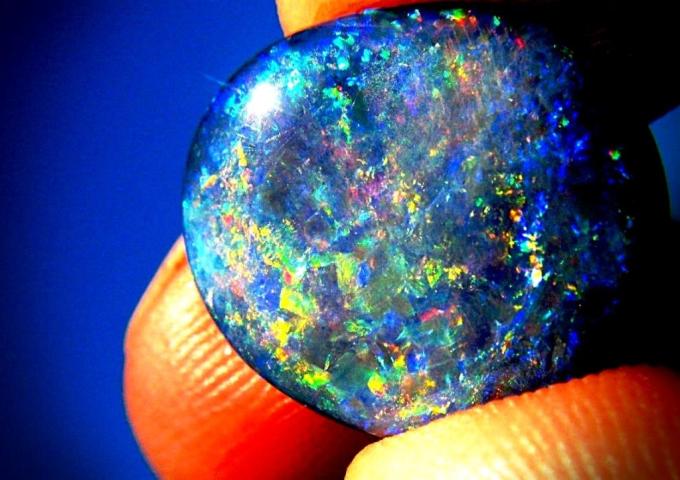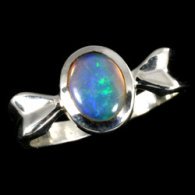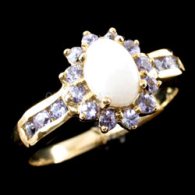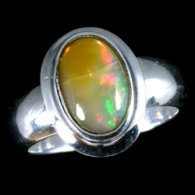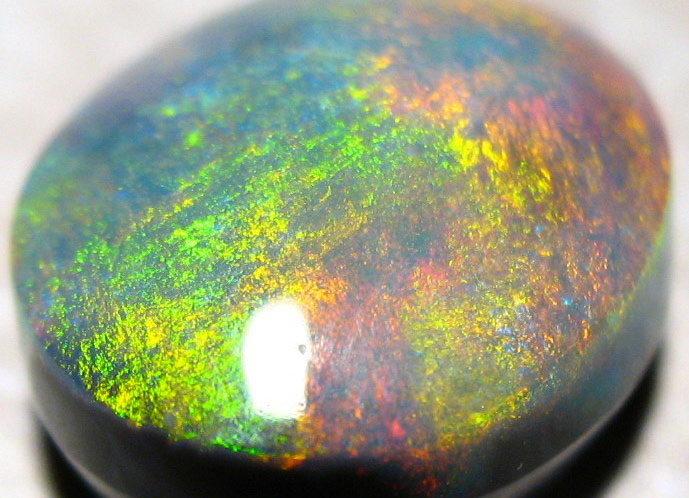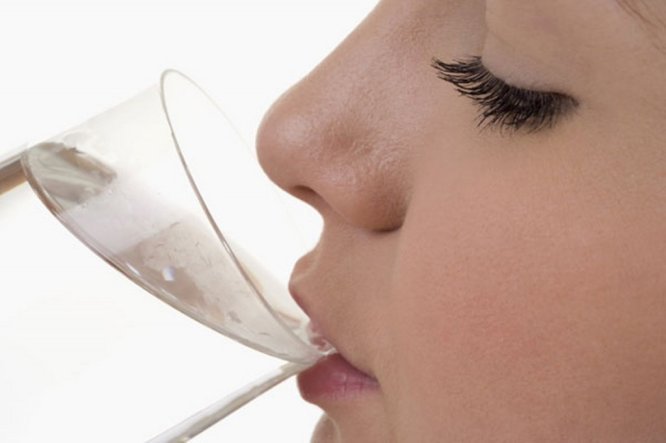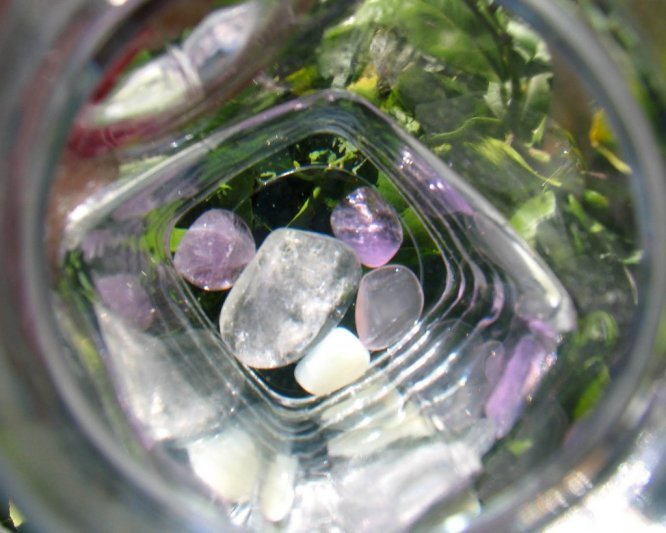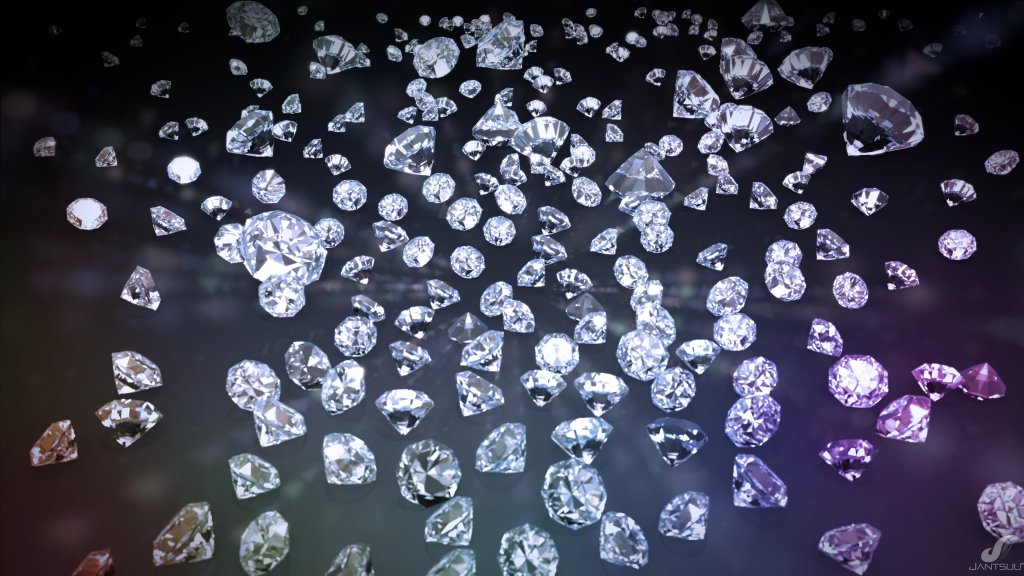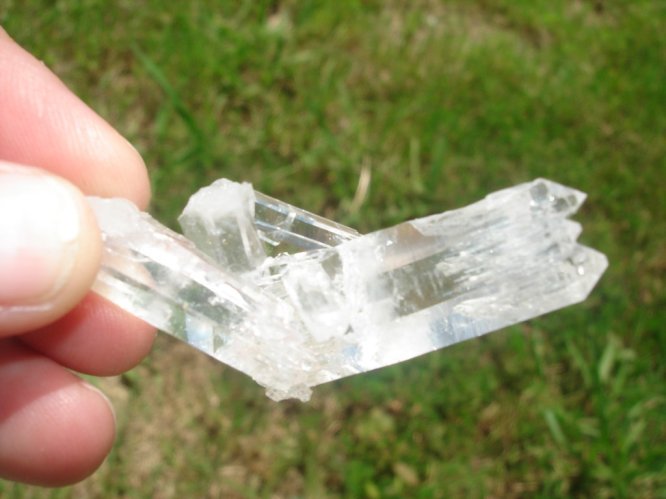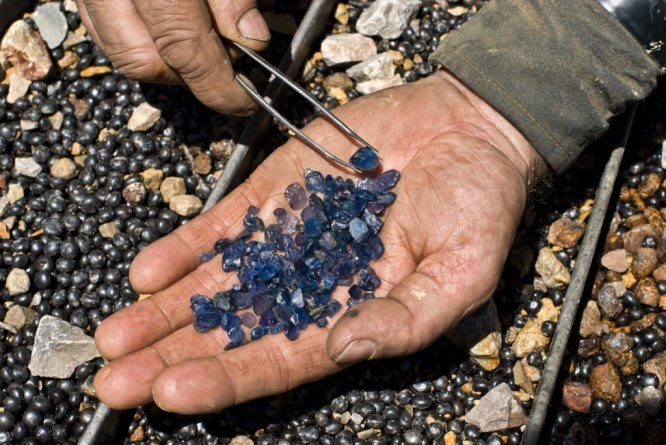There are plenty of things in the world that can be described as an adventure for the eyes, such as great works of art, sprawling landscapes and a star-filled night sky, just to mention some of the more obvious ones. A less obvious one, however, is a little something discovered deep in the earth’s crust a long time ago.
Bismuth crystals are intricately unique and incredibly flamboyant as if nature has spent centuries carefully crafting them just to impress our artful human minds. And while Mother Nature might need a little help in finishing off this particular masterpiece, she has certainly provided us with one of the most aesthetically wonderful elements we could possibly hope for. The beauty of Bismuth crystals can be mind-bending, but it’s not just a pretty face.
The Many Uses Of Bismuth Crystals
Bismuth has many commercial uses in cosmetics as a pigment, in pharmaceuticals such as Pepto-Bismol and perhaps most notably as a replacement for lead in the casting of printing type and potable water systems.
It is often overlooked for the more well-known crystals such as Quartz or Amethyst, but Bismuth crystals have actually been around for an extremely long time as it is counted as one of the first ten metals ever discovered (due to its classification as one of the ‘other metals’, which are weaker metalloids that display significant non-metallic chemistry as opposed to ‘true metals’ such as iron and gold).
Despite its storied history and many valuable uses across various industries, it is still the jaw-dropping structures and vibrant rainbow hues caused by Bismuth’s iridescent oxide tarnish that captures our imaginations the most.
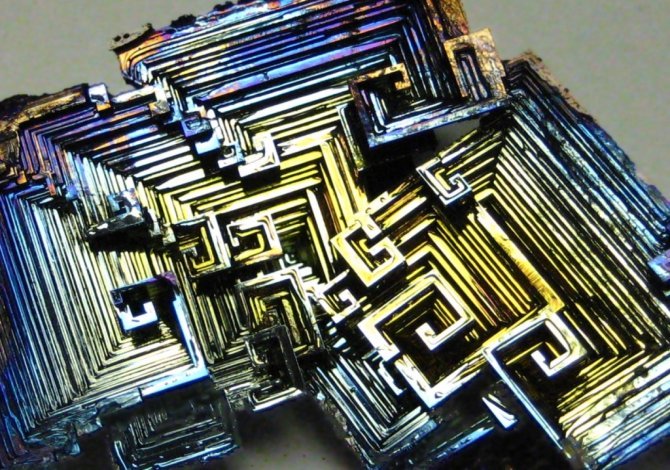
Natural And ‘Grown’ Bismuth Crystals
Bismuth exists naturally in the earth’s crust with its abundance estimated to be about twice that of gold and it’s often produced as a by-product of smelting other mined metals. It can also be artificially ‘grown’ which allows the producers to create magnificently unique Bismuth crystal structures that deny comparison to anything else that exists today. This ‘growing’ process is important as Bismuth can struggle to crystallise in the earth’s crust due to being spread too thinly throughout its host rock. But with a little laboratory assistance, the amazing Bismuth structures can be brought to spectacular life.
It’s these ‘stair-stepped’ spiral structures of Bismuth that give the crystals their unique appearance, which is produced by the element having a higher growth rate on its outer edges than on its inside edges. The amazing colourings of Bismuth crystals are formed by the variations in thickness of the oxide layer on the surface, which produces that awesome variety of colours when reflecting light.
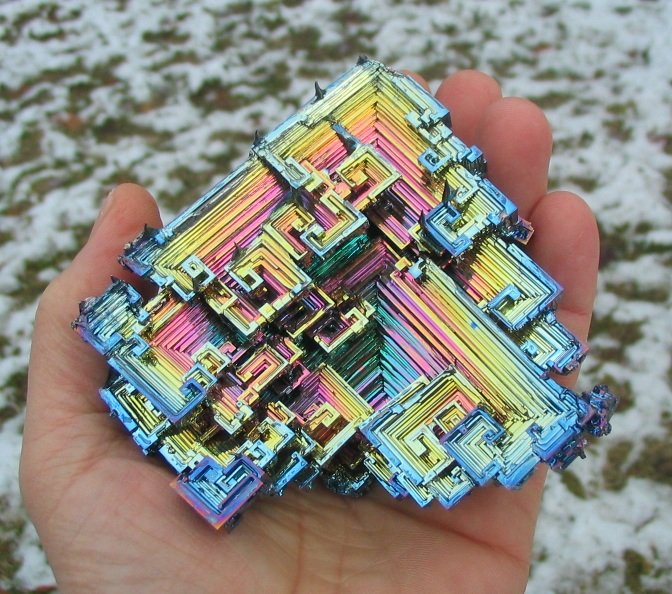
The Healing Properties Of Bismuth Crystals
Bismuth healing crystals can help reduce feelings of loneliness and isolation, especially in an emotional sense. They also have properties that stimulate physical and mental energy, as well as having a spiritually calming influence.
Bismuth crystals can be used in conjunction with all of the Chakras, though they are especially dynamic in energising the Crown and Base Chakras. It is sometimes referred to as ‘The Transformation Stone’ due to its calming qualities and connection to the earth. It can help you focus on tasks and enable clear thought processes as well as aid meditation and shamanic journeying. Physical travel is also said to be energised by Bismuth crystals, promoting and encouraging the enjoyment of travelling from place to place, especially over long distances. Bismuth also has properties that facilitate teamwork, helping groups of people work together more efficiently.
As you can see from its healing properties, Bismuth crystals are one of the most useful and rewarding healing crystals available and their unique beauty provides a wonderful accent to any room or space you care to keep or display them.
